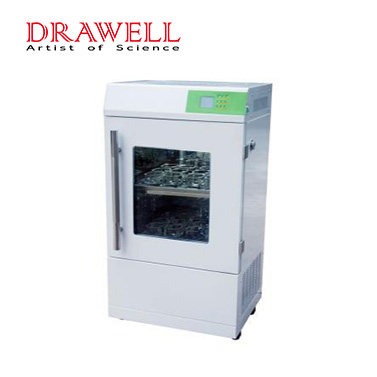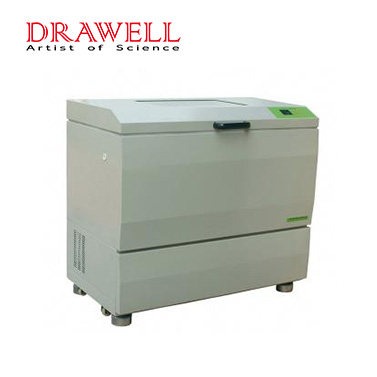Shaking incubators are laboratory instrument that combine the functions of a constant temperature incubator and a shaker. It is used to culture cells, microorganisms, and other biological samples in a controlled environment. Shaking incubators can be either horizontal or vertical, depending on the direction of shaking.
What are Horizontal and Vertical Shaking Incubators
What are Horizontal Shaking Incubators
Horizontal shaking incubators are the most common type of shaking incubator. They have a horizontal axis of rotation, which means that the samples are shaken back and forth in a horizontal plane. This type of shaking is ideal for applications where it is important to evenly distribute the samples in the incubator. For example, horizontal shaking incubators are often used to culture cells in flasks or plates.
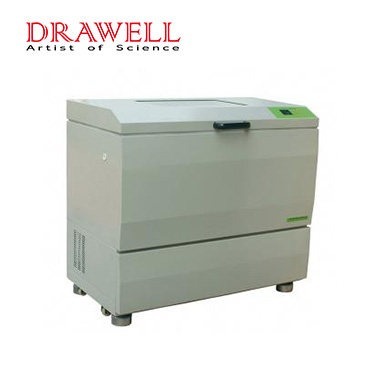
What are Vertical Shaking Incubators
Vertical shaking incubators have a vertical axis of rotation, which means that the samples are shaken up and down in a vertical plane. This type of shaking is ideal for applications where it is important to prevent the samples from splashing out of the incubator. For example, vertical shaking incubators are often used to culture cells in suspension or to grow bacteria on agar plates.
What are the Similarities Between Horizontal and Vertical Shaking Incubators
Despite their different designs, horizontal and vertical shaking incubators work on the same basic principles. Both types of incubators use a temperature-controlled chamber to maintain a constant temperature for the samples. They also both use a shaking mechanism to move the contents of the chamber in a controlled motion.
The shaking motion helps to ensure that the samples are evenly distributed throughout the chamber and exposed to the same temperature and humidity conditions. This is important for ensuring the accurate and consistent results of biological experiments.
What are the Differences Between Horizontal and Vertical Shaking Incubators
The main difference between horizontal and vertical shaking incubators is the direction of the shaking motion. Horizontal shaking incubators move the contents of the chamber in a circular motion, while vertical shaking incubators move the contents in an oscillating motion up and down.
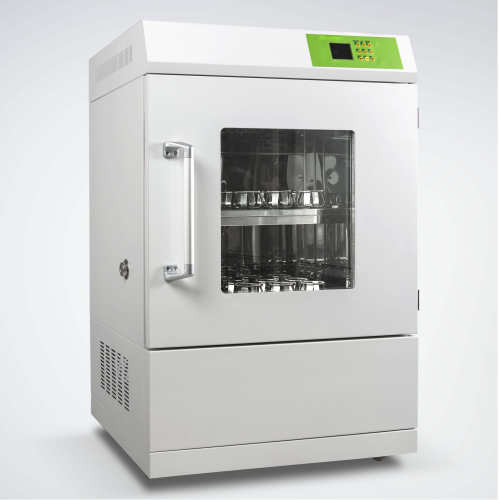
This difference in shaking motion can affect the way that the samples are distributed throughout the chamber. In a horizontal shaking incubator, the samples tend to move in a circular pattern around the chamber. This can be helpful for ensuring that the samples are evenly distributed in a large chamber. However, it can also lead to the formation of vortexes in the chamber, which can create uneven temperature and humidity conditions.
In a vertical shaking incubator, the samples move up and down in the chamber. This can help to prevent the formation of vortexes and ensure that the samples are evenly distributed throughout the chamber. However, it can also lead to the accumulation of samples at the bottom of the chamber.
What are Applications of Horizontal and Vertical Shaking Incubators
Horizontal and vertical shaking incubators are used in a wide variety of applications in the life sciences. They are commonly used for the cultivation of microorganisms, cells, and tissues. They are also used for the growth of plants and algae.
Horizontal shaking incubators are often used for large-scale cultures. They are also a good choice for applications where it is important to evenly distribute the samples throughout the chamber. Vertical shaking incubators are often used for small-scale cultures and applications where it is important to prevent the formation of vortexes.
How to Choose Between Horizontal and Vertical Shaking Incubators
The best type of shaking incubator for you will depend on your specific needs and applications. If you need to culture large volumes of samples, a horizontal shaking incubator is a good option. If you need to prevent the formation of vortexes, a vertical shaking incubator is a better choice.
Ultimately, the best way to choose the right shaking incubator for you is to consult with a laboratory equipment specialist. They can help you to determine the specific features and specifications that you need and recommend the best type of incubator for your application.
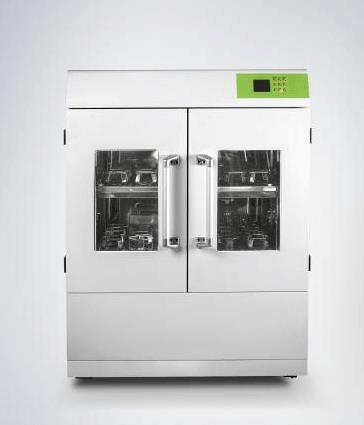
Conclusion
Horizontal and vertical shaking incubators are both valuable tools for laboratory research. The best type of shaking incubator for you will depend on your specific needs and requirements. By carefully considering the factors discussed in this article, you can choose the shaking incubator that is the best fit for your laboratory.

